*The Institute just got word that were Avocets up at Hutton Lake in Wyoming and they were drinking. Now to most of you this is a so what, snore, yeah, kind of thing but to us it’s a really big deal. We have an entire department devoted to all things birds. How they work, what their middle names are, can you eat them, what makes them different from Homo sapiens or web-footed ungulates. Anything and everything birds. We’re like the CNN of this stuff.
Our bird or Ornithology department was busy when the information came in about the Avocets drinking. We had them out near our final perimeter fence installing those new ultra-powerful hydrofracting transformers to run the 880 amp tri-ithulim fencing we installed to keep trespassers out of the sensitive areas we have over there. That’s why we had to send a cobbled together team made up of one of our cooks, the guy that passes out the shovels and hoes to the interns as they go to work in the morning, our senior cartologist as he’s the only one of the bunch that can string two sentences together and our staff photographer.
Our staff photographer is the one that made it possible to understand how the Avocet’s manage to drink. Unbeknownst to us he had developed, completely on his own, an App-like device that can be retrofitted on digital cameras called the SloMoStill. This is a revolutionary device that can be coupled to a camera with large fat rubber bands and duck tape and with the additional software provided cause light to slowdown as it passes through the camera’s lens, thereby stopping the action in the shot so it can be recorded on the sensor. You can see that at work as you look at the water droplets suspended in air in the image above. See they’re not falling back into the water as gravity demands. Genius. Because of the new ability this invention provides us we can now see in perfect clarity how Avocets drink.
Look at that long recurved bill. That is not a straw. The end of its beak is way out in front of where its mouth is, so the Avocet when it wants to drink has to stuff its whole head and mouth underwater to accomplish this, thereby risking drowning or being pounced on by a predator that does not have its head stuck underwater, or so we thought. But because the new SloMoStill camera App was at work our crack photographer has proven this is wrong. Instead we can see that the Avocet does not stick its whole head in the water and risk getting it in its nairs (bird nostrils) making it cough and/or choke in an embarrassing manner. What it does instead is smack the water’s surface smartly with that long thin beak and as the drops of water rebound into the air, grabs them one at a time to let them roll back into the Avocets mouth. If you look closely you can see a drop of water in the Avocets bill in preparation of being swallowed. Pretty darn clever, eh.
There you have it, another mystery solved by the scientific folks at The Institute. A few short minutes ago you didn’t have a clue as to how an Avocet drank. Now you know it all. Go ahead share it at the water cooler, astound your friends with bird lore that they never thought you knew anything about. Be the envy of the Animal channel watchers as they will never see anything like this there. And it’s all free for the reading. Pass that on to your friends too. Check out *The Institute at BigShotsNow.com and be smarter than everyone else. It’s an American thing to do.
*Note: For those of you unfamiliar with The Institute and what it does, please see the page labeled “The Institute” on the Menu Bar above. That should explain everything. You shouldn’t have one single question remaining after reading it. None. For those of you favored few who already know about the Institute, Nevermind.

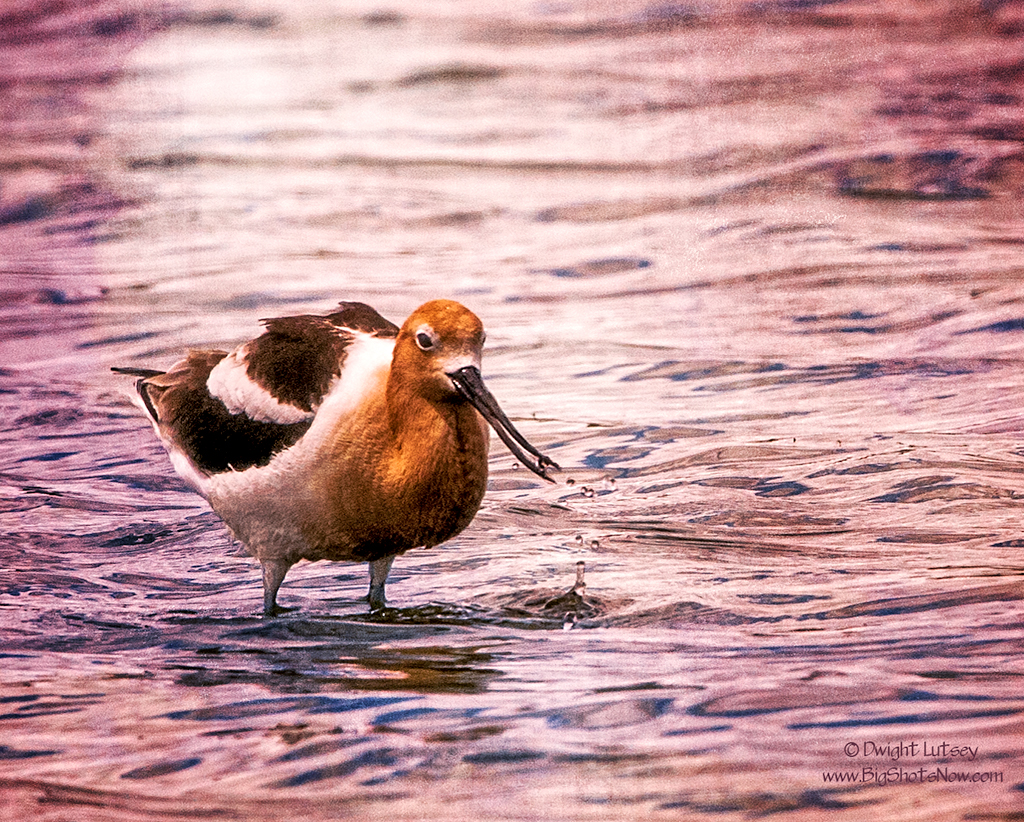

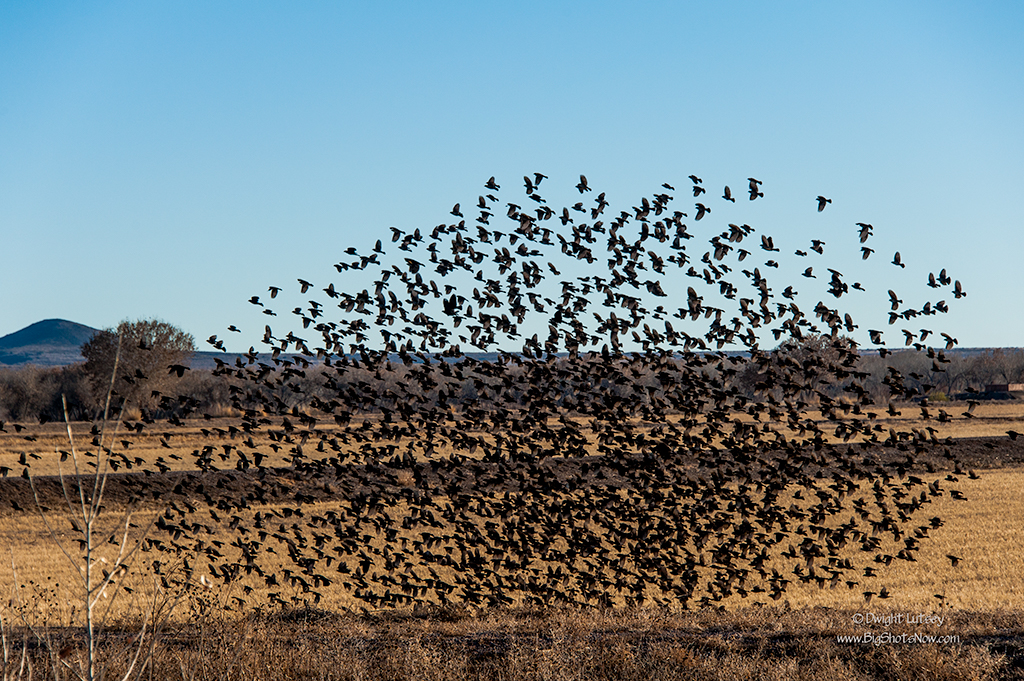
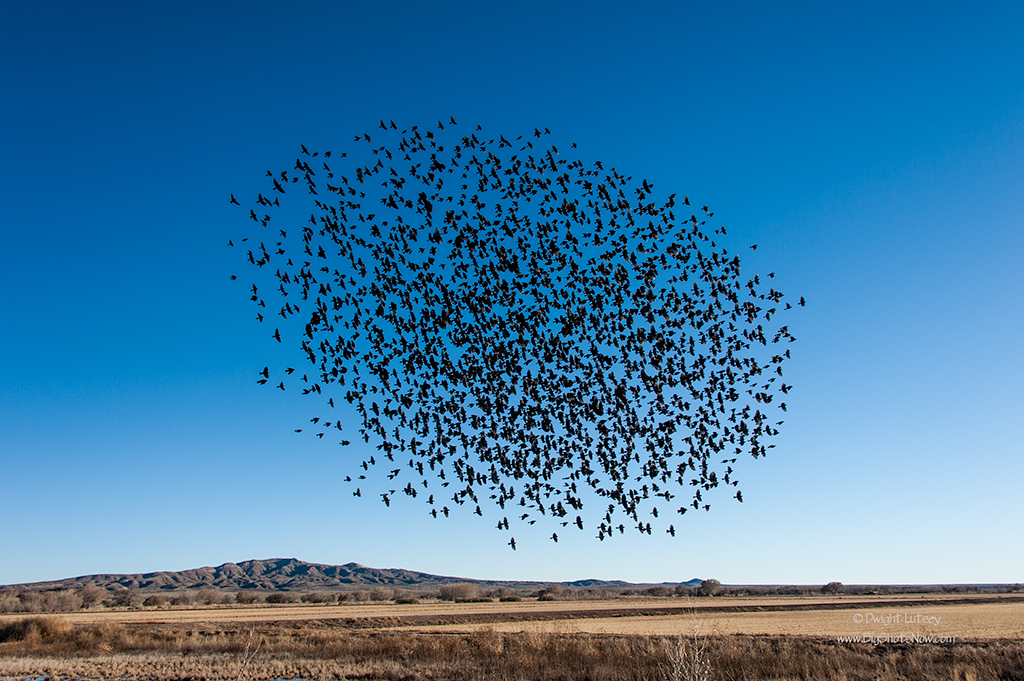
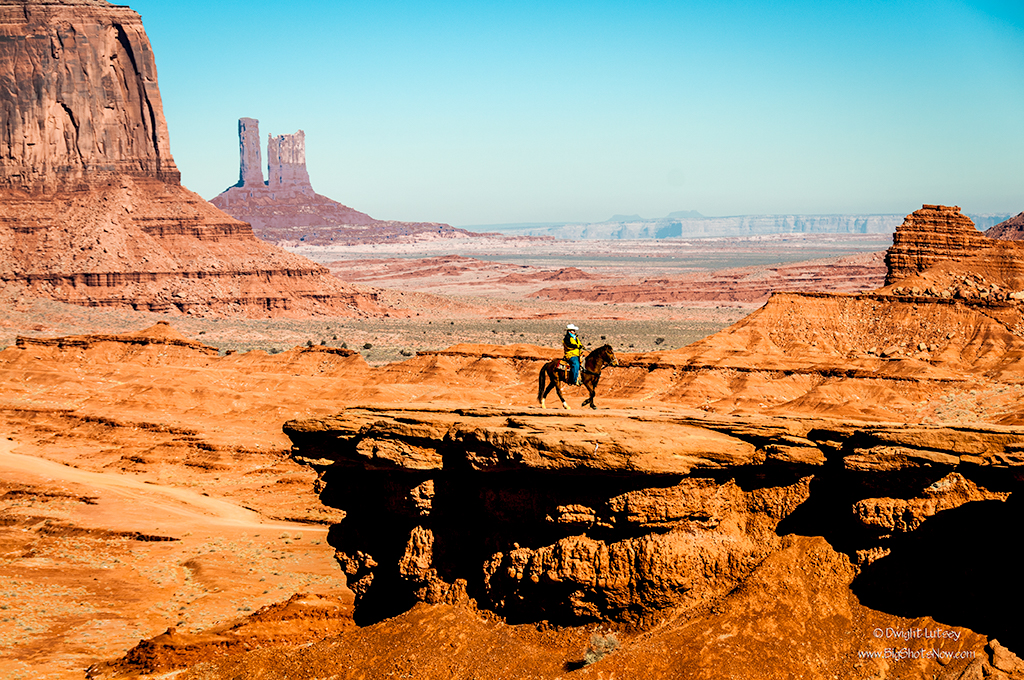
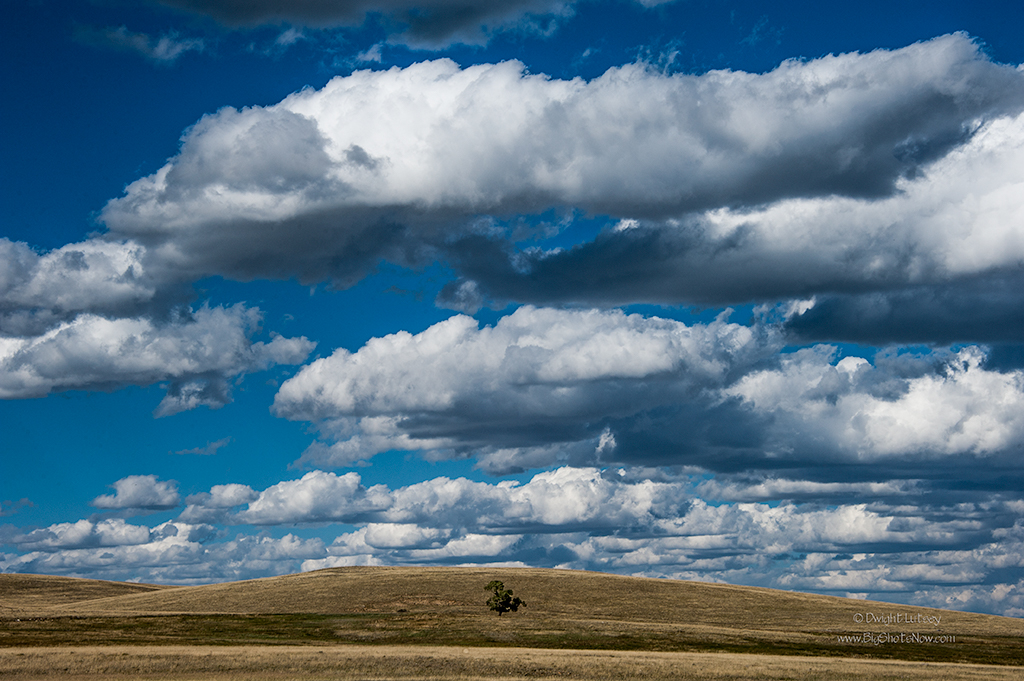
You must be logged in to post a comment.